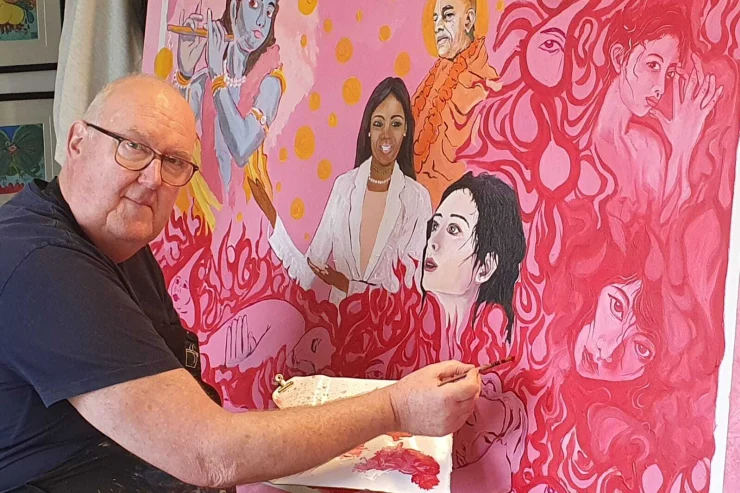How Green Is My Bottle?
By Daniel Goleman and Gregory Norris | Apr 25, 2009

Earth Day is this Wednesday, and all things “green” will be celebrated. But it’s worth asking: how environmentally friendly are “green” products, really? Consider, for example, this paragon of eco-virtue: the stainless steel water bottle that lets us hydrate without discarding endless plastic bottles. Using a method called life cycle assessment, we have evaluated the environmental and health impact of a stainless steel thermos — from the extraction and processing of its ingredients, to its manufacture, distribution, use and final disposal. There were some surprises. What we think of as “green” turns out to be less so (and, yes, sometimes more so) than we assume.
So, is stainless steel really better than plastic?
One stainless steel bottle is obviously much worse than one plastic bottle. Producing that 300-gram stainless steel bottle requires seven times as much fossil fuel, releases 14 times more greenhouse gases, demands the extraction of hundreds of times more metal resources and causes hundreds of times more toxic risk to people and ecosystems than making a 32-gram plastic bottle. If you’re planning to take only one drink in your life, buy plastic.
But chances are buying that stainless steel bottle will prevent you from using and then throwing away countless plastic bottles. And think of the harm done to the environment by making more and more plastic — the electricity needed to form polyethylene terephthalate resin into bottles, the fossils fuels burned to produce this electricity, the energy used and emissions released from mining the coal and converting crude oil to fuel, and on and on. What it comes down to is this: if your stainless steel bottle takes the place of 50 plastic bottles, the climate is better off, and if it gets used 500 times, it beats plastic in all the environment-impact categories studied in a life cycle assessment.
It’s important to keep in mind that the 21st century has inherited from the 20th (and sometimes the 19th) manufacturing processes and industrial chemicals that were developed when no one knew — or cared that much — about environmental damage. But even though climate change demands urgent ecological action, this crisis also offers vast entrepreneurial opportunities; we need to re-invent everything with an eye to protecting the planet.
Then again, some old solutions we shouldn’t discount. Before stainless steel thermoses, before bottled water, we already had an eco-friendly method of getting water: drinking fountains.
Daniel Goleman is the author of “Ecological Intelligence: How Knowing the Hidden Impacts of What We Buy Can Change Everything.” Gregory Norris, a lecturer at Harvard University and a professor at the University of Arkansas, is developing Earthster, an open-source software system that conducts life cycle assessments.















